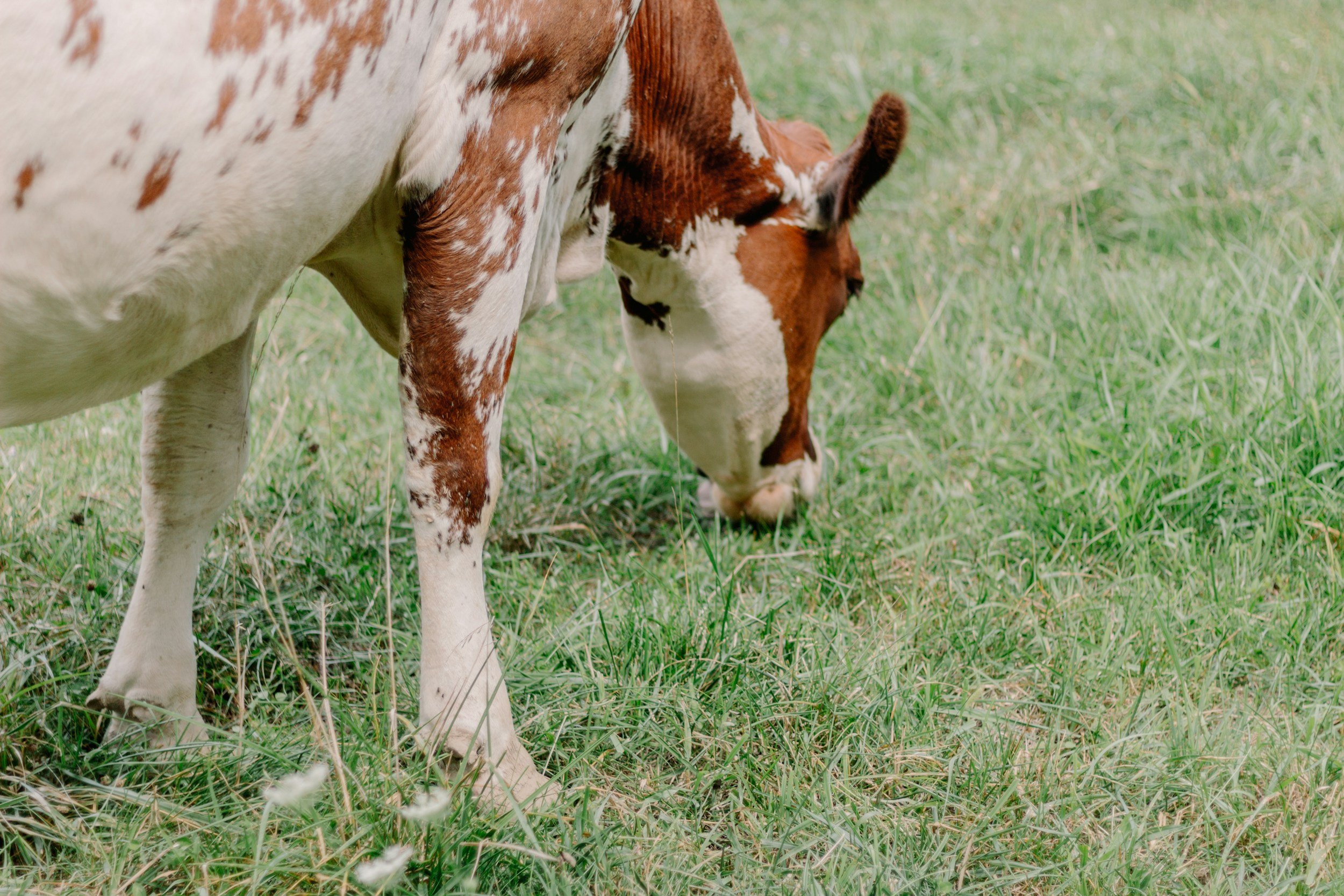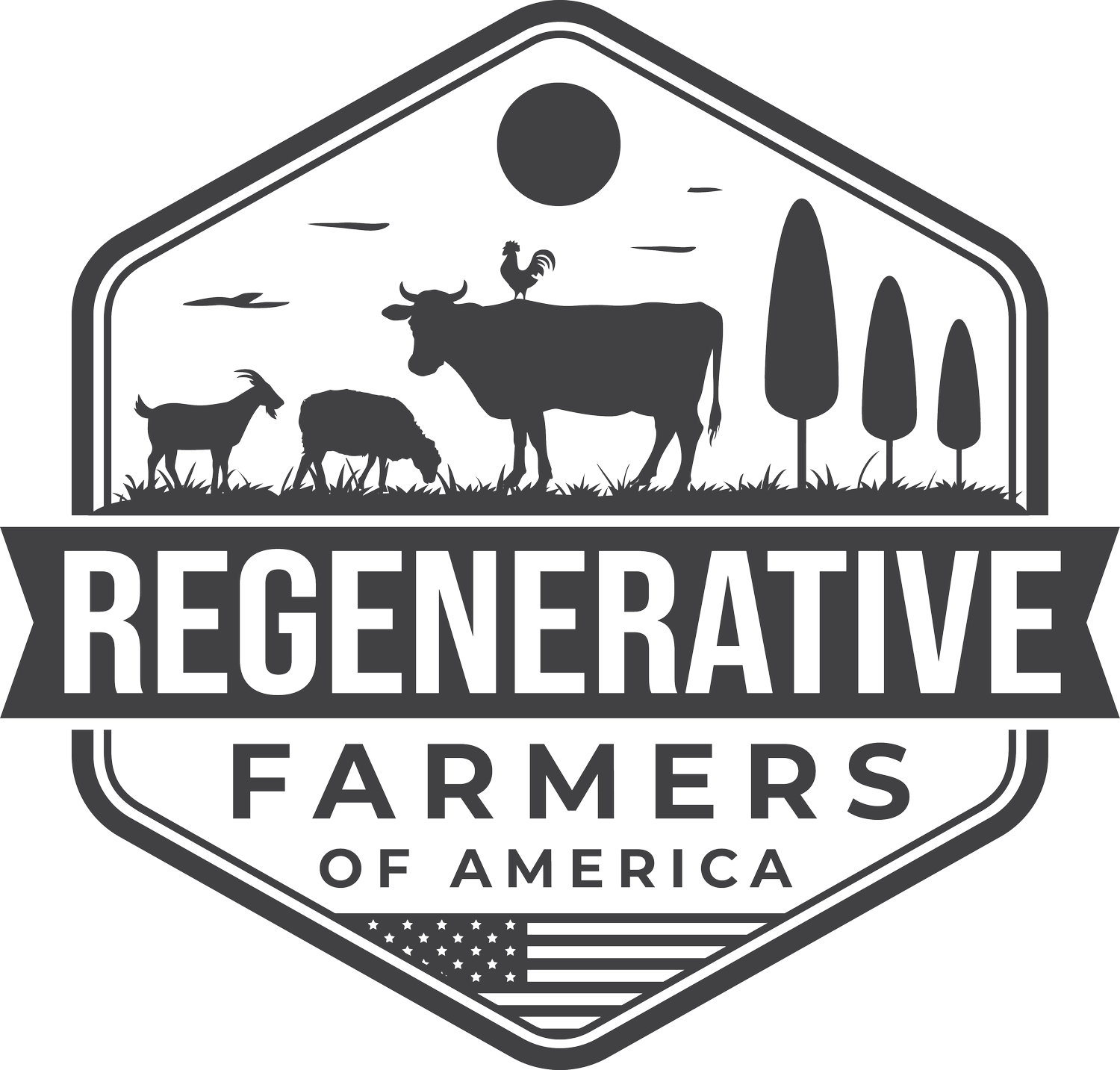
Rotational Grazing
Benefits, Techniques, and Tips for Livestock Farming
Great visual of rotational grazing & re-growth at The Blue Horn Farm
What is Rotational Grazing?
Rotational grazing is where livestock are moved to portions of the pasture, called paddocks, while the other portions of the pasture rest. Each paddock must provide all the needs of the livestock, such as food, water, and sometimes shade and shelter.
Benefits of Rotational Grazing:
Increased soil fertility - Grazing encourages plants to send out more and deeper roots. Those roots are continually sloughed off to decompose in the ground, boosting soil biomass and fertility and sequestering carbon from the atmosphere.
Increased forage production - Well managed controlled grazing program can increase quality forage production by 30-70% each year.
Higher quality forage stand - As animals rotate and fertilize plants, the quality of the plant growth will improve offering more nutritious forage in the future.
Less wasted forage - Animals that are given access to 20 times as much forage as they can eat in a day or two will walk a lot of forage into the ground, defecate and spoil forage as they walk to and from the best forage spots over the 3 weeks or more that they are on the pasture time. By only providing a few days or a single day’s worth of forage, there are many fewer opportunities to walk on plants and excrete on forage making it less palatable.
Improved drought management - Increased soil organic matter and better forage cover due to better grazing management will slow water movement during hard rains and increase absorption of water by the soil. Decreased water run off and increased soil organic matter keep pastures more resistant to impacts of drought, increase forage production and maintain forage growth longer into periods of droughts.
Extended grazing periods - With managed rotation, you can “stock-pile” forage longer into the winter season and extend grazing seasons.
Control less desirable plants. This can be done in several ways with controlled grazing. Our pastures have a couple areas of cheat grass which has a short window of decent grazing followed by many months of being dry and unpalatable with sharp pointed seeds. In many years, we are able to put the sheep on the cheat grass areas in early spring and graze them hard. Over the years, the amount of cheat grass has decreased. The ability to control paddock size can strongly encourage your sheep (or cattle) to eat the less desirable plants at the times you need them to.
Techniques for Rotational Grazing
Rotational grazing involves dividing a pasture into smaller areas and moving livestock between them on a regular basis. There are several techniques for implementing rotational grazing, including:
Strip Grazing:
Strip grazing involves temporarily fencing off a portion of the pasture and allowing livestock to graze that area before moving to the next strip. This method can be useful for managing high-density areas or regenerating overgrazed areas.
Cell Grazing:
Cell grazing involves dividing a larger pasture into smaller cells, and rotating livestock between them on a regular basis. This technique is useful for maximizing forage utilization and promoting plant growth, as well as reducing parasite and disease transmission.
Holistic Grazing:
Holistic grazing is a technique that considers the entire ecosystem when managing grazing land. It involves managing livestock movement to mimic natural grazing patterns and cycles, with the goal of improving soil health, biodiversity, and ecosystem function.
Each of these techniques has its advantages and disadvantages, and the choice of technique will depend on factors such as farm size, livestock type, and grazing goals. Regardless of the technique used, it's important to monitor forage growth and animal health regularly and adjust the grazing plan as needed.







